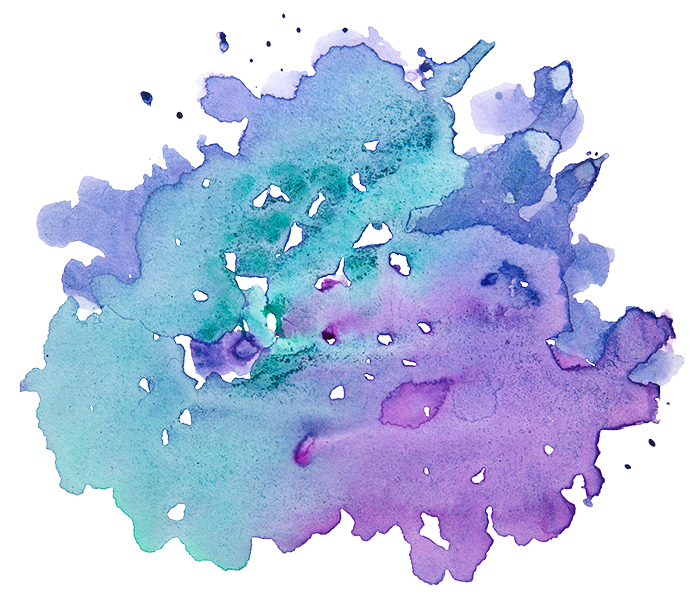Written by Miriam Anzovin
“Would’st thou,”—so the helmsman answered,
“Learn the secret of the sea?
Only those who brave its dangers
Comprehend its mystery!” -Henry Wadsworth Longfellow, The Secret of the Sea
Last summer, right after the Deepwater Horizon oil disaster, I swam in the ocean for the first time. The experience was surreal; my enchantment with the wide open sky and the ebb of the waves was juxtaposed with what I, and everyone else on the beach, was cognizant of: Only a relatively short distance from the spotless Florida beach where I waded, there was an ever growing pool of oil spreading over the blue waves, coating the water with liquid avarice.
When I got back to Massachusetts, I sat down and started to draw, to capture for myself the experience of that first sea “immersion” and the unacceptable nature of what was transpiring in the gulf. The artwork that came out of this, “Waves,” was published in PresenTense Magazine’s Environment issue last year.
Our personal relationship with water is shaped by our religion, our political causes, our culture, our heritage. Unequivocally, we adapt our understanding of and relationship with water to fit our own needs. Many individuals chose to utilize the ocean, ponds, lakes and rivers for spiritual immersions to mark transitions, both in Judaism as well as many other world traditions. While certainly not a religious experience, my plunge into the waves helped solidify some things I understood about myself. The flux of the water was stronger than me. My anger was stronger than my feeling of helplessness at the destruction of a hugely important ecosystem as a result of our dependence on fossil fuels. I exited the water exhausted and invigorated and motivated to create change, in my own way, for our environment.
The effects of the 2010 gulf oil disaster are still felt on the coastline and in marine environments. Whether this issue or another serves as the catalyst for action, I encourage you to “brave the dangers.” How does the water move you?
Miriam Anzovin, Administrative Assistant, joined Mayyim Hayyim in August 2010. She works closely with all the members of the Mayyim Hayyim staff and is involved in a wide variety of tasks within the organization, including scheduling immersions, coordinating volunteer Mikveh Guides and assisting with exhibits in the Mayyim Hayyim Gallery. In addition to her work at Mayyim Hayyim, Miriam is a new media fine artist producing neo-Judaica, abstract and surrealist art. She holds a B.A. in Judaic Studies from UMass Amherst and attended Butera School of Art from 2008-2009. Click here to view Miriam’s artwork.


